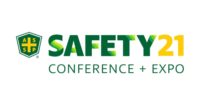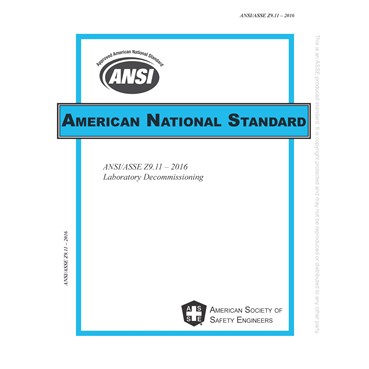ASSP Safety21 - Using technology for “mindset shifts:” Be tenacious

A Monday morning session at the ASSP Safety21 conference in Austin, TX, took on the subject of “mindset shifts.” How do you get workers on the frontlines, in the field or on the floor, to make the right decisions and choose the right behaviors?
The observe, orient, decide, act (OODA) loop decision-making model is a powerful tool and new forms of technology can empower workers to better identify job-site hazards. The safety director for an Indiana construction company used customized training content – short two-minute videos filmed by workers using GoPro cameras that he edited into compact, engaging training vignettes -- to build better “grassroots, ground-up” decision-making.
The custom videos are delivered via software to employees’ mobile devices for “just in time” training. Just before a shift begins. Or a new task is performed.
“This is a very personal message that shows our workforce what’s happening on the ground with their teammates,” he said. “It creates a hyper-engaged workforce.”
For this type of new technology to be effective, there are several pre-requisites. One, content must be accessible on workers’ mobile devices. Two, it should be customized, not generic, to help build a unified culture. And three, safety managers must be tenacious in getting their workers to accept and use mobile training technology. This is a new habit you’re creating.
“As a safety director I’ve always wanted a better connection to the field, a better way to reach the masses, the entire workforce,” said the Indiana construction company 35-year safety vet. Technology now gives safety pros this reach. To realize the promise, pros must champion the new messaging medium and sell its benefits – personalized content, timely alerts, two-way communication, engaging training and a stronger safety culture.
Looking for a reprint of this article?
From high-res PDFs to custom plaques, order your copy today!




